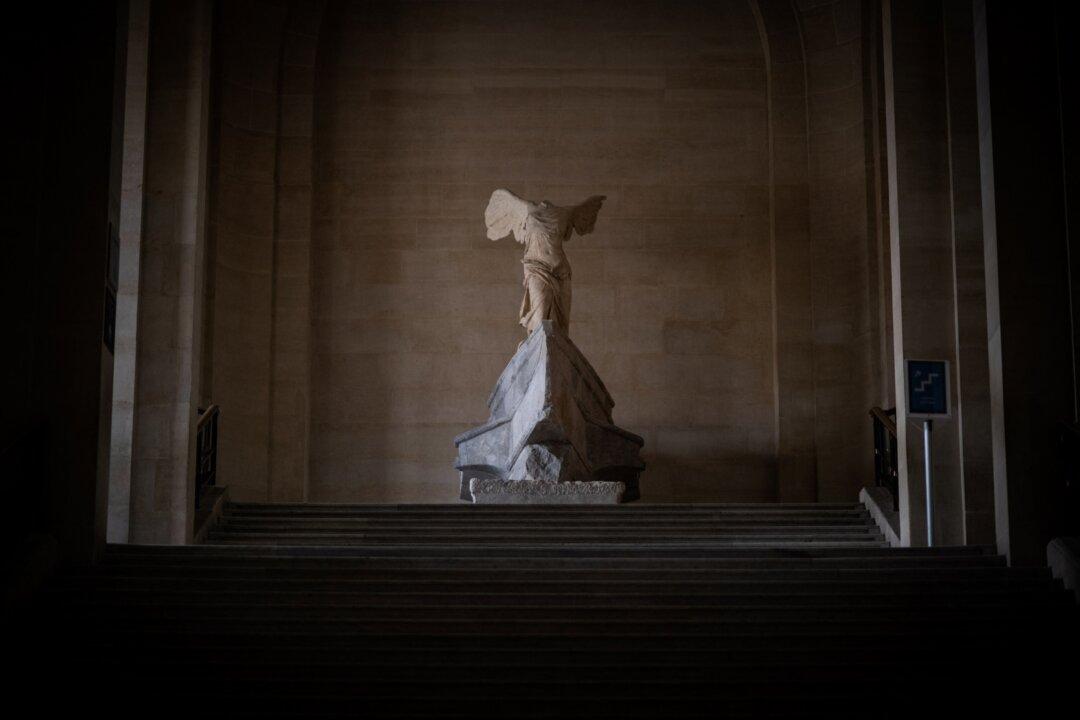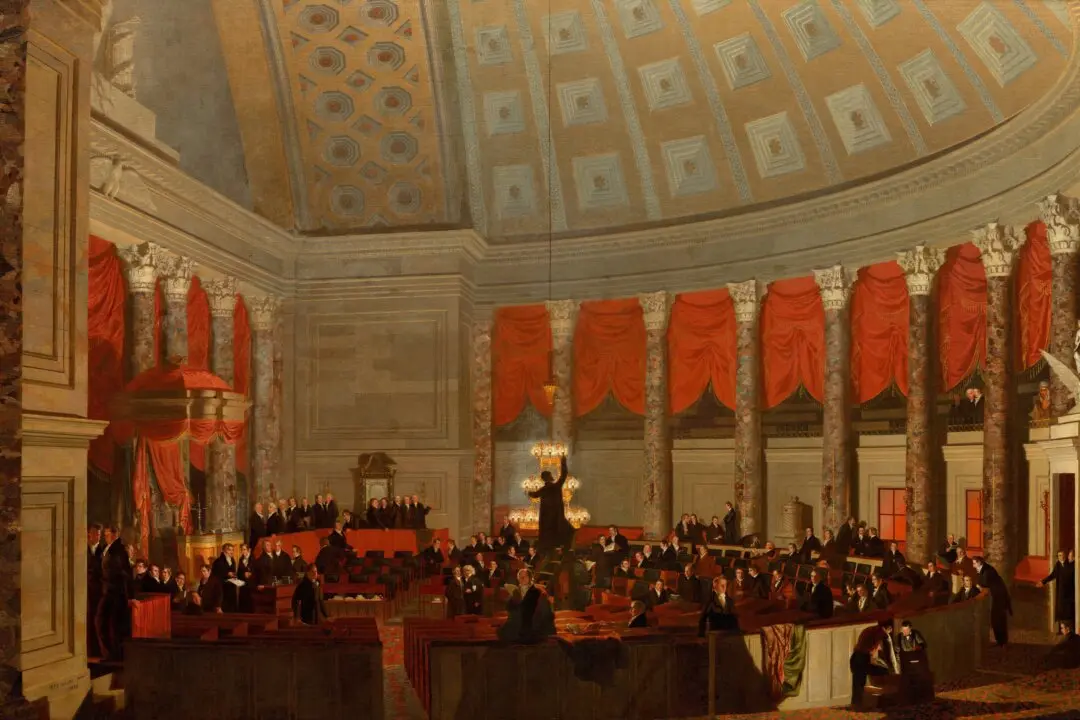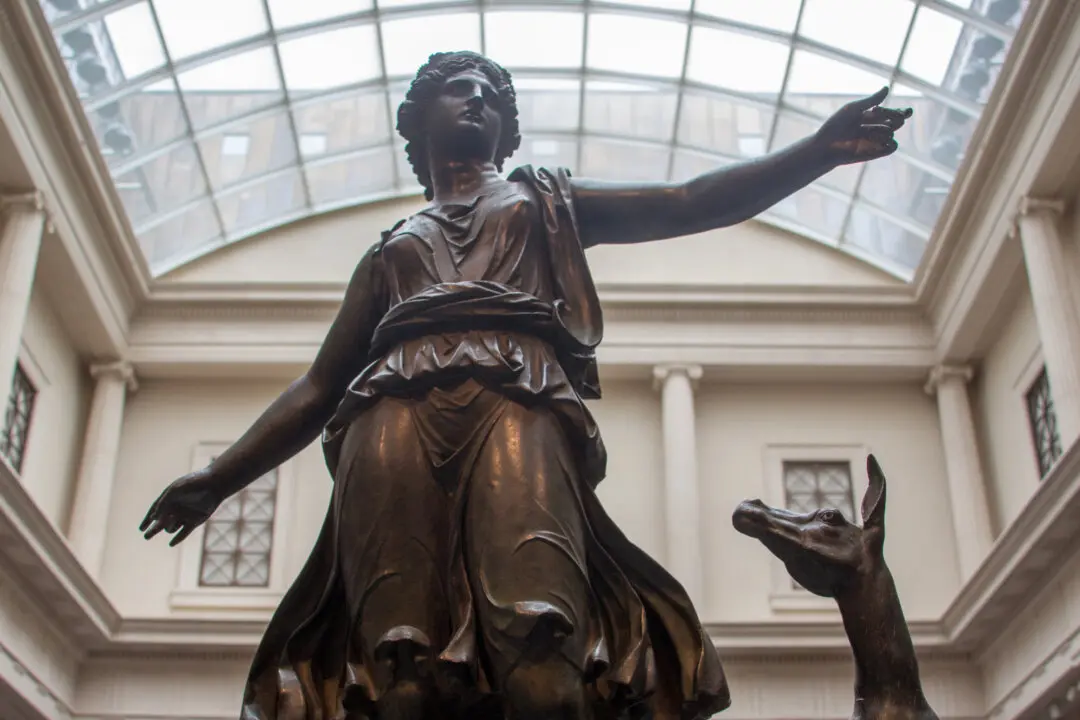The Louvre museum in Paris draws millions of visitors a year. Among its top five artworks is “The Winged Victory of Samothrace,” an ancient Greek sculpture from circa 190 B.C. A testament to classical beauty, movement, and grace, the statue is dramatically positioned alighting on a ship’s prow at the top of the museum’s Daru staircase. “Winged Victory” first went on display at the Louvre in 1884. Since then, she has captivated the public’s imagination, remained elusive to scholars, required extensive restoration, and become world-famous.
“The Winged Victory of Samothrace” is a depiction of the Greek goddess Nike, the personification of victory in military battles and competitions, including contests of athletics and the arts. She was widely venerated in antiquity and known as Victoria by the Romans. This divine embodiment of victory can be seen throughout the classical world in diverse media, including sculpture, painting, jewelry, and coins.





